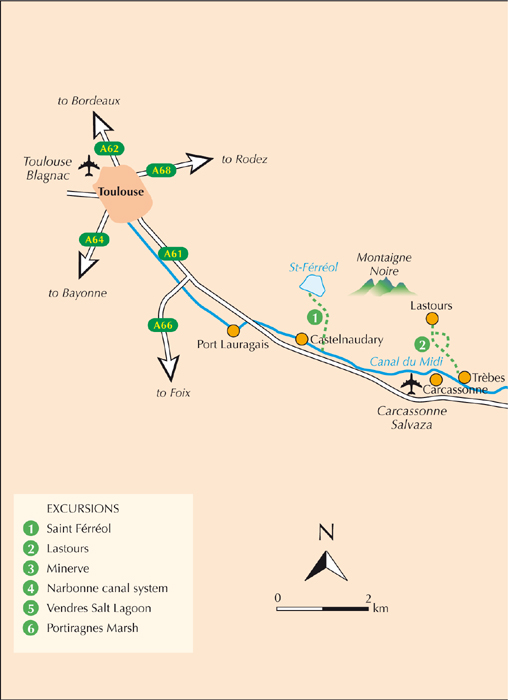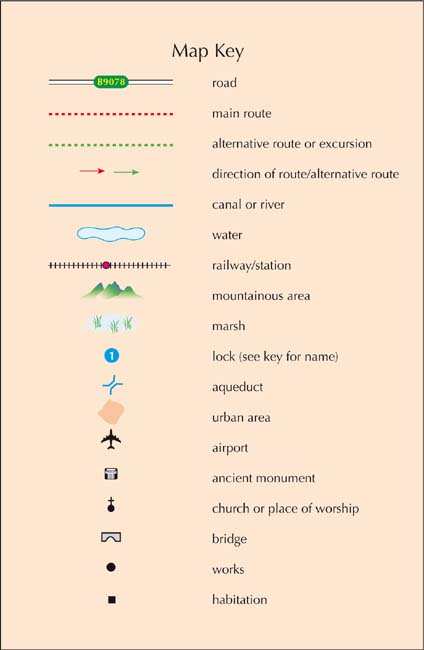While every effort is made by our authors to ensure the accuracy of guidebooks as they go to print, changes can occur during the lifetime of an edition. Any updates that we know of for this guide will be on the Cicerone website (www.cicerone.co.uk/559/updates), so please check before planning your trip. We would also advise that you check information about such things as transport, accommodation and shops locally. Even rights of way can be altered over time. We are always grateful for information about any discrepancies between a guidebook and the facts on the ground, sent by email to info@cicerone.co.uk or by post to Cicerone, 2 Police Square, Milnthorpe LA7 7PY, United Kingdom.

La France Profonde deepest France
On 13 April 1667 Pierre Paul Riquet began work on one of the worlds best cycle tracks. It wasnt his intention; the bicycle had yet to be invented. He set out to construct a canal, the Canal du Midi, but the 240km towpath along its banks is now a cyclists dream.
The canals towpath, linking Toulouse in the Haute Garonne with Ste on the Mediterranean coast, is an excellent and rewarding cycle. It passes through some of Frances most beautiful and historic countryside: rolling plains enlivened with sunflowers, dark mountain ranges, oak forests, tinder-dry garigue , Camargue-like marshland and sandy coastlines. The towns and villages which punctuate its route are steeped in history and culture. This area is part of France Profonde (anywhere in France where the rural way of life still prevails); the towns and villages feel authentic and you experience genuine French life.
It is hard to believe that the canal is manmade; it seems natural and fits perfectly into its surroundings. Its a thriving refuge and wildlife corridor for a wide range of animals and plants.
Riquet built the canal to enable goods to pass more quickly from Bordeaux, on the Atlantic, to the Mediterranean ports without boats having to circumnavigate the Iberian Peninsula. This saved time and secured supplies in uncertain, turbulent times. Back then trade brought wealth as evidenced by the elegant buildings in older districts of the canals towns, and today it still generates business. Tourist boats, walkers and cyclists have replaced the working barges, and the canal is a focal point for sporting and leisure activities.
Villages, towns and cities along the canal predate its construction. Ancient Greeks founded Agde and the Romans developed Narbonne. Toulouse, the Rose City, has been one of Frances most beautiful and important cities for over one thousand years. Carcassonnes Cit is a restored 12th-century Cathar stronghold.
The arrival of railways in the late 19th century and the later construction of truck-carrying motorways undermined the economics of moving goods by barge. The Canal du Midi went into commercial decline, and the last commercial barges travelled it in 1970.
UNESCO declared the Canal du Midi a World Heritage Site in 1996, recognising its unique engineering heritage and its historic importance in the development of the Languedoc area in the south of France. It rates alongside Frances great monuments such as the Eiffel Tower and the Popes palaces in Avignon. The Canal du Midi is a working, almost living artefact. As you cycle its banks you can feel, touch and taste the history and culture of the area it enriches.
This book gives information on cycling the Canal du Midi from one end to the other. It is ideal for those who want to spend a holiday canal cycling, and will also be of interest to those living or holidaying in the region who are looking for a few days of good cycling.
Those boating down the canal will also find this guide useful; most of the boat-hire companies offer bicycles for hire. Cycling offers boat users the opportunity to explore the countryside that they pass through. Bikes give easy access to towns and villages at a short distance from the canal.
Regions of the canal
The Canal du Midi is part of a waterway system linking the Atlantic Ocean with the Mediterranean Sea. Together, the River Garonne and the Canal Lateral link the Canal du Midi to the Atlantic in the west. It joins the Mediterranean at Ste. A spur of the Canal du Midi the Canals de Jonction and de la Robine connects it to Port la Nouvelle on the Mediterranean coast.
The canal flows through the French Midi-Pyrenees and Languedoc-Rousillon regions. Midi-Pyrenees is a combination of Midi (meaning southern lands) and Pyrenees (from the mountain range). Languedoc refers to the area where the Occitan (Oc) language was once spoken; oc is Occitan for yes. Rousillon was a Catalan principality. This name dates back to Roman times and comes from a fortified area called Ruscino close to the French border with Catalonia. It is easy to be confused by the various names given to the region. Occitan was spoken far more widely than just the region now known as Languedoc-Rousillon. The language is closer to Catalan than French, and is taught in schools and in universities such as Toulouse.

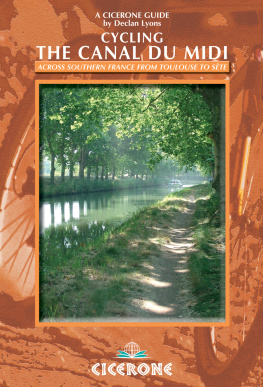
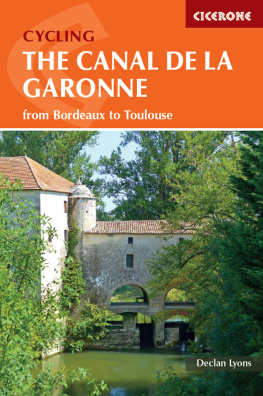


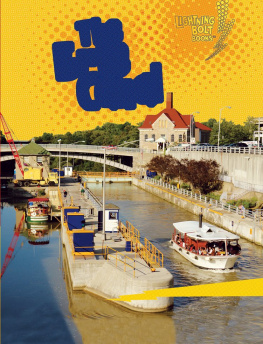

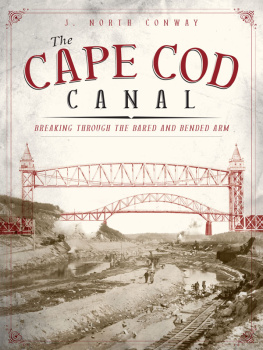
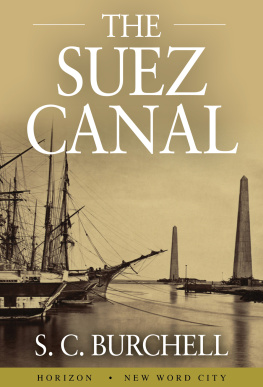
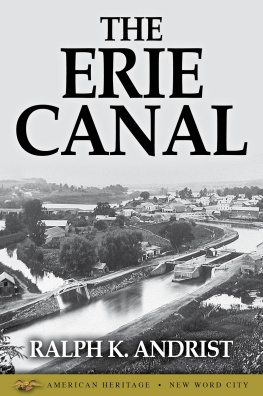
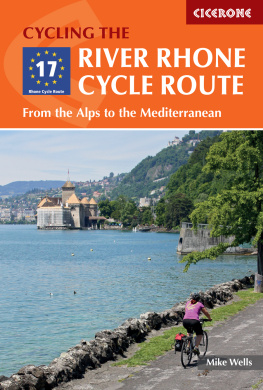
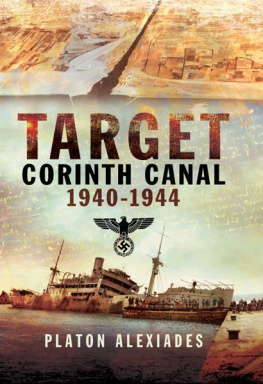
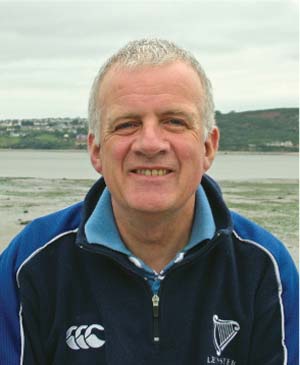

 The routes of the GR, PR and GRP paths in this guide have been reproduced with the permission of the Fdration Franaise de la Randonne Pdestre, holder of the exclusive rights of the routes. The names GR, PR and GRP are registered trademarks.
The routes of the GR, PR and GRP paths in this guide have been reproduced with the permission of the Fdration Franaise de la Randonne Pdestre, holder of the exclusive rights of the routes. The names GR, PR and GRP are registered trademarks.